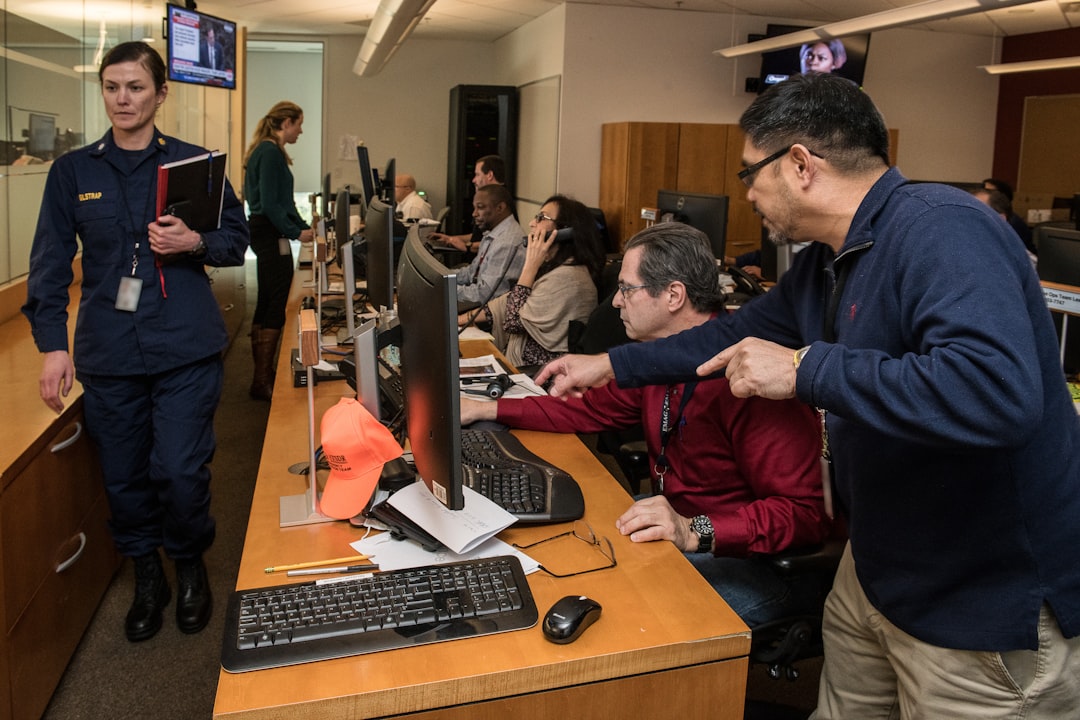Why not learn more about ?

Building movers, also known as structural movers, are professionals who specialize in relocating entire structures from one location to another. This unique and skilled profession is an essential aspect of architectural preservation, urban development, and sustainable construction practices. From historical buildings to modern structures, the importance of building movers cannot be overstated. In this article, we will explore the significance of building movers, emphasizing their role in preserving architectural heritage and enabling sustainable development.
Preservation of Architectural Heritage
One of the primary roles of building movers is preserving architectural heritage. Historical buildings and structures that hold cultural or historical significance can be relocated rather than being demolished, ensuring that their unique heritage is conserved for future generations.
Environmental Sustainability
Building relocation promotes sustainability in construction practices. By repurposing existing structures, the need for new materials and resources is reduced, resulting in a smaller ecological footprint. This aligns with the growing emphasis on sustainability and environmental conservation in modern society.
Mitigating Urban Sprawl
Relocating buildings can help in mitigating urban sprawl. Instead of expanding into new areas and consuming more land, existing structures can be moved to accommodate growth and development in urban areas, utilizing space more efficiently.
Cost-Effective Alternative
Moving a building can be a cost-effective alternative to new construction, especially for those looking to expand or renovate. It often proves to be less expensive than constructing an entirely new building, making it an attractive option for businesses and organizations operating within a budget.
Preservation of Craftsmanship
Historical buildings often showcase remarkable craftsmanship and architectural styles. By relocating these buildings, their unique craftsmanship is preserved, allowing current and future generations to appreciate the artistry and skills of the past.
Adaptability and Reuse
Building movers provide the opportunity to repurpose structures. A building that might be outdated for its current use can be relocated and repurposed for a different function, giving it a new lease on life and adding value to the community.
Minimizing Disruption
Relocating a building minimizes the disruption to the surrounding area. Compared to new construction, which often involves lengthy and noisy building processes, moving a building is a quieter and less disruptive operation.
Retaining Community Character
Relocating a building within a community helps in retaining its character and charm. The historical or unique architecture that defines a neighborhood can be maintained even as the community evolves and grows.
Infrastructure Development
In cases where significant infrastructure development is planned, such as highways or railways, building movers play a crucial role in relocating structures to make way for these projects. This ensures that necessary developments can take place while preserving the existing built environment.
Emergency Preparedness
In the face of natural disasters or other emergencies, building movers can relocate structures to safer locations. This proactive approach helps in protecting valuable buildings and infrastructure from potential damage or destruction.
Building movers are vital professionals in the realm of architectural preservation and sustainable development. Their expertise in relocating structures allows for the conservation of historical landmarks, the efficient use of space, and the minimization of environmental impact. As society continues to value preservation and sustainability, the role of building movers will only become more significant in shaping our architectural landscape for generations to come.

 Informative Ways of Proving a Wrongful Termination
Informative Ways of Proving a Wrongful Termination Handy Ways On To Complete A Backyard Makeover On A Budget
Handy Ways On To Complete A Backyard Makeover On A Budget  Guides for Finding the Best Challenge Coins and Evaluate on Their Value
Guides for Finding the Best Challenge Coins and Evaluate on Their Value  A Guide on How to Optimize Your E-Commerce Customer Service
A Guide on How to Optimize Your E-Commerce Customer Service